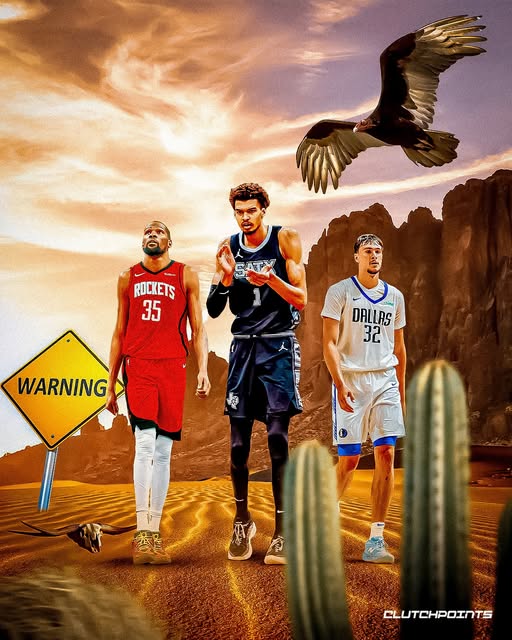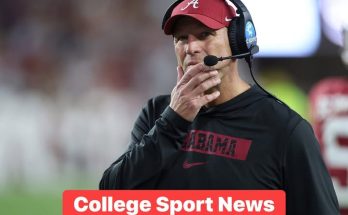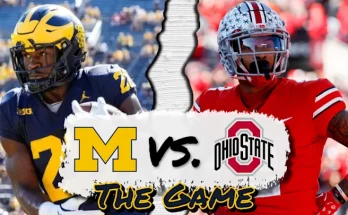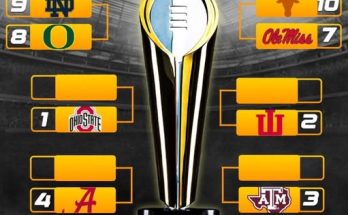The Western Conference hasn’t seen all three Texas teams—the Houston Rockets, San Antonio Spurs, and Dallas Mavericks—roaring in unison since the mid-2010s. The 2016 NBA season marked the last instance when each of these Lone Star powerhouses reached the playoffs together. Since then, the trajectories of these franchises have drifted in very different directions, with each experiencing its own brand of turmoil, transition, and, more recently, tantalizing rebirth. As the 2025-2026 NBA season approaches, the stars are aligning once more deep in the heart of Texas. Armed with burgeoning young talent, aggressive front offices, and clear identities, the Rockets, Spurs, and Mavericks appear primed to rise in concert and perhaps reclaim dominance in a Western Conference long ruled by California powerhouses and Rocky Mountain resilience. What makes this moment especially compelling is not just the teams’ individual improvements but the possibility of a genuine Texas Three-Step—an era of simultaneous relevance for all three franchises that hasn’t been felt in nearly a decade.
Dallas has already reestablished itself as a playoff contender and legitimate championship threat, thanks to the transcendent brilliance of Luka Dončić. The Slovenian star has put up historic numbers since arriving in the league, often dragging flawed rosters to the postseason through sheer will. The 2024-25 campaign, however, showed that Dončić finally has the kind of support he needs. With the return of Kyrie Irving, whose offensive wizardry complements Luka’s playmaking, and a frontcourt bolstered by Daniel Gafford and Dereck Lively II, the Mavericks made it all the way to the NBA Finals before falling short to a more experienced Boston Celtics squad. Despite the loss, the run proved that Dallas’s championship window is wide open. And with a more mature Luka entering his prime and Irving embracing a secondary role, the Mavs may have found the perfect balance between youth and experience. Their ability to blend elite guard play with increasingly stout defense makes them a daunting opponent, especially as the supporting cast continues to develop.
San Antonio, meanwhile, is at the dawn of what could be a dynastic stretch, thanks to the arrival of Victor Wembanyama. The 7-foot-4 French phenom exceeded all expectations during his rookie season, winning Rookie of the Year and earning All-Defensive honors. His combination of rim protection, perimeter agility, and fluid offense already has some analysts whispering comparisons to Tim Duncan and Kevin Durant—at the same time. But more than his individual brilliance, what Wembanyama represents is a new identity for the Spurs. Head coach Gregg Popovich, rejuvenated by the opportunity to guide another generational talent, has started molding the team into a positionless, modern, and defensively terrifying unit. The additions of veterans like Chris Paul for mentorship and shooting, along with steady progress from players like Jeremy Sochan and Devin Vassell, mean that the Spurs are no longer just a fun developmental team. They’re a serious threat to crack the playoffs this season and could surge even further if Wemby takes the kind of sophomore leap that many project. It’s rare for a franchise to transition so seamlessly from irrelevance back into prominence, but with a player of Wembanyama’s caliber, timelines compress—and ceilings lift.
Houston, the third and arguably most chaotic of the Texas trio in recent years, is also rounding into form. The Rockets have been mired in a rebuild since the James Harden era imploded, but under head coach Ime Udoka, structure and accountability have finally returned. Their 2024-25 season was one of promising growth. The core of Jalen Green, Alperen Şengün, Jabari Smith Jr., and rookie standout Amen Thompson flashed serious potential. But it was the arrival of Fred VanVleet and Dillon Brooks that brought much-needed veteran leadership and defensive tenacity to an otherwise young and inconsistent group. Houston narrowly missed the playoffs last season but showed stretches of dominance, especially on the defensive end. With another year of cohesion, the return of Tari Eason from injury, and incremental improvements from their youthful stars, the Rockets are no longer a tanking sideshow—they’re a dark horse contender to break into the playoff picture and perhaps surprise a few higher seeds along the way.
This convergence of promise across all three franchises is more than a statistical oddity—it speaks to a larger narrative about the ebb and flow of NBA power centers. The Texas Triangle once represented the NBA’s gold standard of consistent excellence. From 2000 to 2016, at least one of these franchises was in the Western Conference Finals almost every year. The Spurs won five titles in that span. The Mavericks added one in 2011. The Rockets were perennial playoff threats and, during the Harden years, came painfully close to unseating the Golden State Warriors dynasty. But the decade that followed saw these giants stumble. The Spurs lost their Big Three to retirement and transition. The Mavericks struggled to find identity in the post-Dirk Nowitzki era before striking gold with Dončić. The Rockets went from contenders to chaos in the blink of an eye, undone by trades, turmoil, and tanking. Yet here we are, less than ten years later, and all three teams appear to be climbing back up the mountain—not individually, but together.
The timing couldn’t be better. The Western Conference, while still deep, is undergoing its own transition. The Warriors are aging. The Lakers are reliant on an aging LeBron James and the unpredictable health of Anthony Davis. The Nuggets, though still potent, face cap constraints that will test their depth. The Clippers and Suns have invested heavily in flawed superteams with limited long-term upside. Amid this shifting landscape, the Texan trio stands poised to capitalize. Not just to compete, but to define the next chapter of the Western Conference.
What makes this particular Texas renaissance fascinating is the distinct identity of each team. The Mavericks are the slick, star-driven outfit with an MVP candidate in Luka and a system built around offensive excellence. The Spurs are the methodical, defense-first squad rooted in development and execution, with Wembanyama as their centerpiece. The Rockets are the wild card—youthful, high-energy, and unpredictable, but anchored now by a coach with championship pedigree and a young roster gaining confidence. This variety ensures that each head-to-head clash between them is not only a showcase of talent but a chess match of styles.
In terms of fan interest and regional pride, the revival of the Texas Three-Step couldn’t be more electric. The I-35 rivalries between Dallas and San Antonio, and the burgeoning Houston-San Antonio feud fueled by Wemby vs. Green/Thompson showdowns, are giving NBA fans a taste of the kind of intra-state fireworks not seen in years. There’s something special about Texan basketball culture—equal parts grit, flash, and pride—that sets it apart from the glitz of L.A. or the analytics obsession of Northern California. When all three teams are good, the league feels bigger, broader, and more balanced.
Of course, projections are not guarantees. Injuries can derail plans. Chemistry can falter. Trades can backfire. But the foundational pieces are in place. Each front office has learned from past mistakes and embraced smart team-building principles: Dallas by surrounding Luka with defense and rim protection; San Antonio by giving Wemby room to grow without pressure to win immediately; Houston by blending high-upside youth with grown-up leadership. The path to sustained relevance is no longer theoretical—it’s actively being walked.
Looking ahead to the 2025-26 season, fans should expect a genuine power shift. The Mavericks will enter as title contenders. The Spurs, depending on how Wemby evolves and what moves they make at the trade deadline, could be a dangerous playoff team that no top seed wants to face. The Rockets, young but feisty, might finally make the leap into the top eight and be a problem for more complacent rosters. Should all three make the playoffs, it would mark the first time since 2016 that the full Texas trio has danced into the postseason together. More importantly, it would signal a new era of Lone Star dominance, one where Texas isn’t just represented in the West—but helps run it.
In a league always searching for the next great storyline, there may be none richer or more rewarding than the collective return of the Rockets, Spurs, and Mavericks. Their simultaneous rise isn’t just a nod to basketball symmetry; it’s a reminder that empires may fall, but in Texas, they don’t stay buried for long. The West better be ready. The Texas Three-Step is about to make its comeback tour—and this time, it might just bring the whole conference to its knees.



